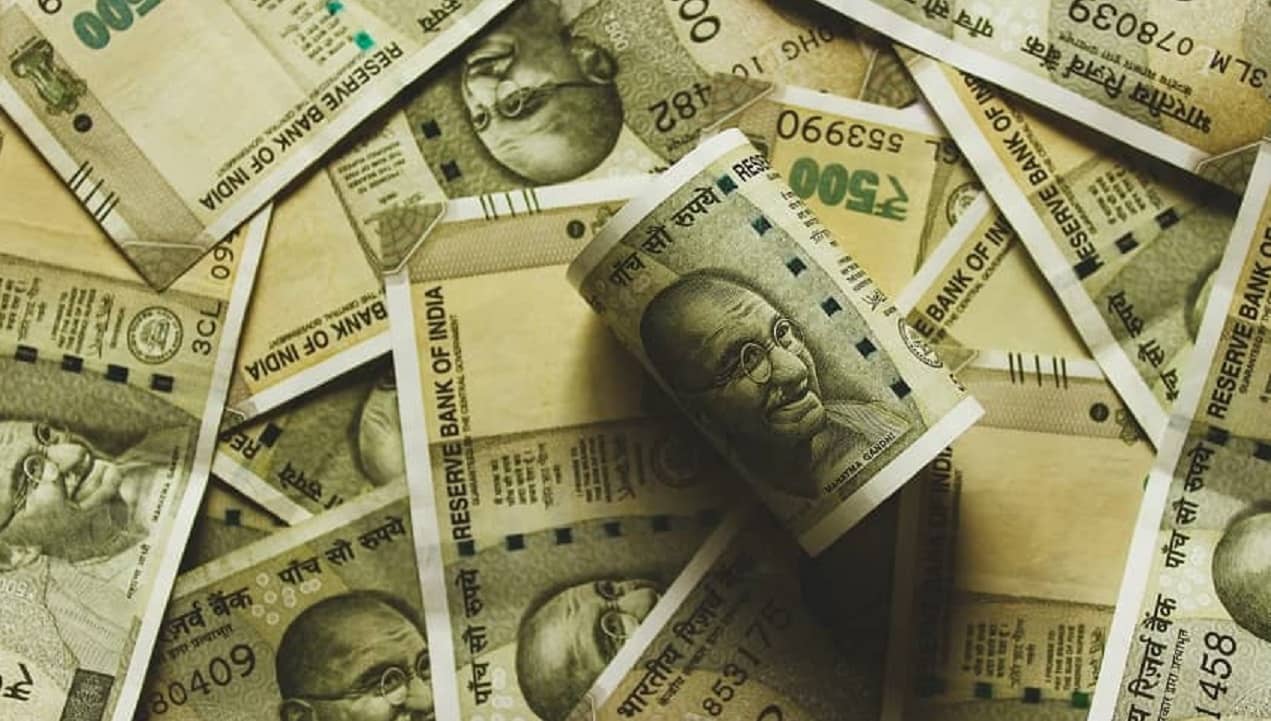List Of Maharatna Companies In India
How are different Indian states managing their financial affairs?

Last Updated: 10th December 2022 - 02:32 pm
States comprise the limbs and organs of the Indian economy. While investors at large betting on the Indian growth story tend to focus on the bigger picture, an understanding on how different regions and states are performing is important to take further micro calls on a company or a set of companies.
One way to analyse the state of affairs in different regions is to look at how they are doing in managing their revenues, expenditures and deficits.
If we consider a sample of 21 major states, which constitute around 96% of the total deficit of all states, 12 states reported lower-than-projected fiscal deficit while others exceeded their budgetary targets.
Broadly, the states missed the fiscal deficit target of 3.51%, as per the budgetary estimate for 2021-22, and clocked a deficit of 3.71%, as per the revised estimates.
The most significant improvement was achieved by Odisha, West Bengal, Haryana, Chhattisgarh and Karnataka. On the flip side, the maximum slippage in fiscal deficit was observed for Bihar, Punjab, Rajasthan, Goa, Kerala and Maharashtra.
“Notably in FY22, barring Chhattisgarh and Karnataka, other states (Odisha, West Bengal and Haryana) which achieved maximum consolidation in their fiscal deficits, were also the states which ensured cut back in overall expenditure. Amongst these, Odisha and West Bengal made significant cuts in their capital expenditure,” noted a report by Bank of Baroda.
Karnataka, too, restricted capex to make way for higher revenue spending. At the same time, Haryana and Chhattisgarh achieved consolidation without compromising on capex.
On the other hand, states reporting maximum fiscal slippage were also the ones incurring higher than budgeted expenditure in FY22, with the exception of Punjab and Kerala. While Punjab registered a slippage despite cuts in revenue and capital spending, Kerala registered a slippage despite cutting back on overall spending, led by capex, even as revenue spending was higher than budgeted.
Bihar, Rajasthan, Maharashtra and Goa reported higher than projected revenue and capital expenditure.
How did states spend the money?
In terms of spending, overall expenditure target (FY22BE) of the states was set at Rs 44.5 lakh crore, representing a 21.5% growth, and this was broadly achieved.
Within this, while revenue expenditure target of Rs 33.4 lakh crore was fully met, there was marginal gap in spending on capital outlay with revised estimate pegged at Rs 5.7 lakh crore, compared with budget estimate of Rs 6 lakh crore.
Comparing the performance of states, majority (14) of the states fell short of meeting their respective budgeted expenditure targets. Most of them fell short on both revenue spending and capital outlay.
In overall spending, maximum cuts were made by, Uttar Pradesh (Rs 66,000 crore less than budgeted), Punjab (Rs 31,000 crore), Andhra Pradesh (Rs 22,000 crore), Telangana (Rs 21,000 crore), West Bengal (Rs 18,000 crore) and Tamil Nadu (Rs 8,000 crore).
On the other hand, states like Rajasthan (Rs 68,000), Bihar (Rs 37,000), Assam (Rs 29,000), Maharashtra (Rs 13,000 crore) and Karnataka (Rs 7,000) overshot their budgetary targets by a significant margin.
Tax revenues
Higher spending by some states and small slippage in combined fiscal deficit target, was supported by pick up in tax collections. Of the 21 large states analysed, two met the budgeted target of state’s own tax collections, ten reported higher than budgeted tax collections, while nine missed their targets.
Amongst these states, Bihar and Telangana achieved their budgetary targets for state’s own tax revenues for FY22, and Gujarat (Rs 13,000 crore) and Haryana (Rs 12,000 crore) collected the maximum surplus in collections.
Other states reporting higher revenues included Odisha, Chhattisgarh, Uttarakhand, Assam and Punjab.
On the other hand, states like Uttar Pradesh (Rs 25,000 crore), Maharashtra (Rs 16,000 crore), Kerala (Rs 13,000 crore), Andhra Pradesh (Rs 12,000) and Rajasthan (Rs 7,000 crore), missed their budgetary targets by a huge margin.
Outlook for FY23
In the current fiscal ending March 31, 2023, the 21 large states have budgeted to meet fiscal deficit target of 3.61%, down from 3.71% last year. As many as nine states expect deficit to go up in FY23 compared with FY22. These states include Himachal Pradesh, Madhya Pradesh, Telangana, Andhra Pradesh, W. Bengal, Karnataka, Uttarakhand, Odisha and Gujarat.
On the other hand, maximum consolidation is projected by states like Bihar, Assam, Goa, and Punjab.
Amongst the states which have projected sharp decline in their fiscal deficits, Bihar, Assam, and Goa have done so by aiming for cuts in overall expenditure and jump in own tax revenues. Punjab expects consolidation despite increased spending target.
Bihar, Assam and Goa have estimated overall spending to decrease, led by cuts in both revenue and capital expenditure. At the same time, Bihar and Assam expect overall revenue receipts to increase, while Goa has projected broadly no change in overall revenue receipts, but a small increase in own tax revenues.
Meanwhile, a separate report by CRISIL projects that the overall revenue of India’s top 17 states, which account for 85-90% of aggregate gross state domestic product, is likely to grow at a moderate pace of 7-9% this fiscal, after galloping around 25% last fiscal on a low base.
Healthy tax buoyancy will support revenue growth, with Goods and Services Tax (GST) collections and devolutions from the Centre - together comprising 43-45% of the states’ revenue - expected to show robust double-digit growth this fiscal.
Growth from buoyant GST collections, will however, be somewhat moderated by flattish or low single digit growth in sales tax collections from petroleum products (8-9% of total revenue) and grants recommended by the Fifteenth Finance Commission (13-15%).
Net-net, we see the states reining in their aggregate fiscal deficit even as an equal number of states would see it move up counterbalanced by another half that has projected to restrict the slippage.
Trending on 5paisa
Discover more of what matters to you.
Indian Stock Market Related Articles
 Sachin Gupta
Sachin Gupta Ruchit Jain
Ruchit Jain Tanushree Jaiswal
Tanushree Jaiswal




